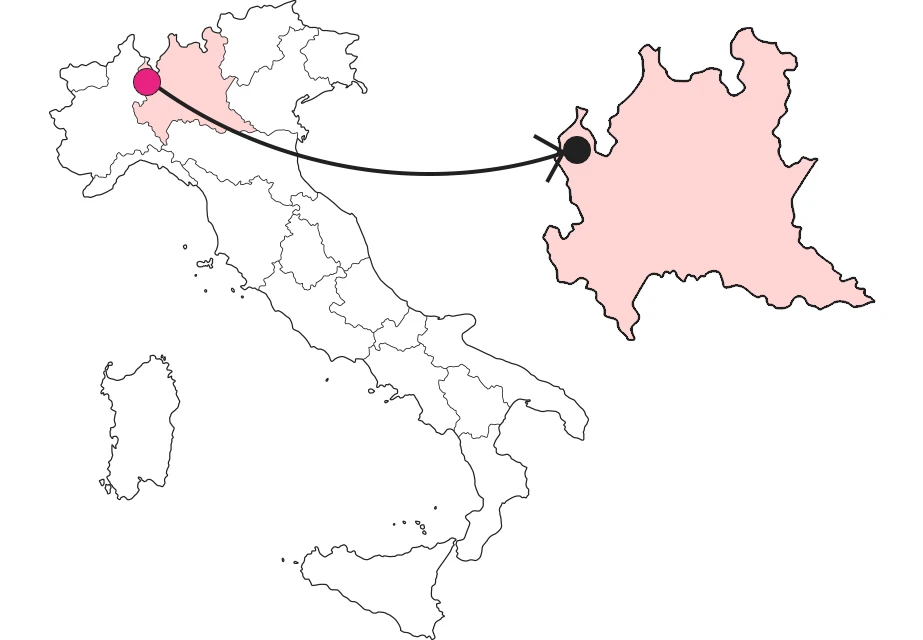SHARRYLAND


The Sacred Mount of Varese
A spectacular mountain theater



Where is

What it is and where it is
It is the early 1600s: the idea is to create a barrier to Protestantism and an educational tool to help the faithful in the recitation of the rosary, which had only been formalized in the mid-16th century. Thus was born, by architect Bernascone, a path marked by 14 chapels, plus the shrine to serve as the 15th station. 15 as 15 are the mysteries of the rosary, staged among frescoes that become sets and architecture that become theaters in which the actors are the statues engaged in sacred performances for which pilgrims become admiring spectators.
Why it is special
The interior of the chapels is amazing: expressive and intense actors narrate the sacred mysteries one by one. What is special is that the performers are hand-painted terracotta statues, rich in realist detail and placed to create scenes so vivid that, as in the case of the crucifixion, they look like plays. Every detail is designed to create an enveloping dynamism, each face capturing the innermost soul of the feelings that bring the expressions to life. The result is a vortex of humanity and drama that sucks us in, enchants or grieves as the narrative unfolds.
Not to be missed
It is not easy to tear one's eyes away from the interiors, but it would be a shame to miss the vast views framed by the porticoes that introduce the small sacred spaces. Even Stendhal on his trip to Italy spoke of it, saying, "Magnificent vision! At the setting of the sun you could see 7 lakes. Believe me one can travel all over France and Germany, but one will never experience such sensations." The Sacred Way is inseparable from its environmental context, interpenetrating with nature, exalting it in a harmony that reflects that of God's work on Creation.
A bit of history
The design of the path was developed in the 17th century, from 1604, to make the path that led to the Sanctuary on the top of the mountain more usable. Since this has been a pilgrimage destination since ancient times, it was important that the ascent be configured as a path of faith. Hence the idea of a project that would lead in 14 stages to the Shrine, the fifteenth station and crowning glory of the path. So much money was raised from the population that within 20 years the architecture was ready, but the official completion of the work would have to wait until 1698.
Trivia
Legend has it that the devotional importance of this mount has its roots in the time of St. Ambrose, at the end of the 4th century. It would have been the Holy Doctor of the Church who would have wanted the building of a first altar dedicated to the Virgin on the top of the mountain as thanksgiving for the victory achieved over the Arians who had taken refuge there. Although there is no certain news and the story is lost in legend, the findings in the crypt beneath the shrine suggest a date for the first settlements earlier than that suggested by official documents, so who knows?
Enter the Map of Italy's Undiscovered Wonders and find treasures where you least expect it... Inspire, Recommend, Share...
The Map thanks:
Enter the Map of Italy's Undiscovered Wonders and find treasures where you least expect it... Inspire, Recommend, Share...
Where is


